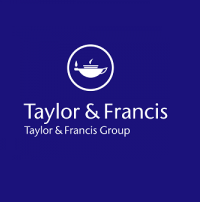5. Conclusions
This study contributes to the literature by extending our understanding of the effect of changes in the regulatory landscape during the period 1996 to 2010 in terms of the conduct of financial statement audits in a European setting. We analyse audit hours and their determinants and find evidence of several interesting developments.
First, our results show that audit firms have become more sensitive to client business risk, as the firms allocate more audit hours to owner-managed companies in 2010 than in 1996. Second, the labour mix in the audit team of owner-managed companies changed over the period from 1996 to 2010, with a greater workload carried by junior auditors. Third, we find an increase in inflationadjusted audit fees for clients with high business risk. Fourth, we find that fewer audit hours are allocated to low-risk clients in 2010 compared to 1996, as measured by either total hours or senior auditor hours. Fifth, audit fees for low-risk clients have remained at roughly the same level. Taken together, our results regarding audit hours are consistent with the view that the adoption of riskbased auditing has increased the efficiency of audits. Combined with our results on audit pricing, we observe an interesting pattern. For high business risk clients, we observe an increase in audit fees, but there is no evidence of an increase in effort. In contrast, we find a reduction in audit effort for low-risk clients but no reduction in audit fees. We interpret this as the price of audit for highrisk clients attracting a premium for business risk after the introduction of the new risk standards, while no reduction of audit fees for low-risk clients reflects the ‘stickiness’ (de Villiers, Hay, & Zhang, 2014) of audit pricing.








